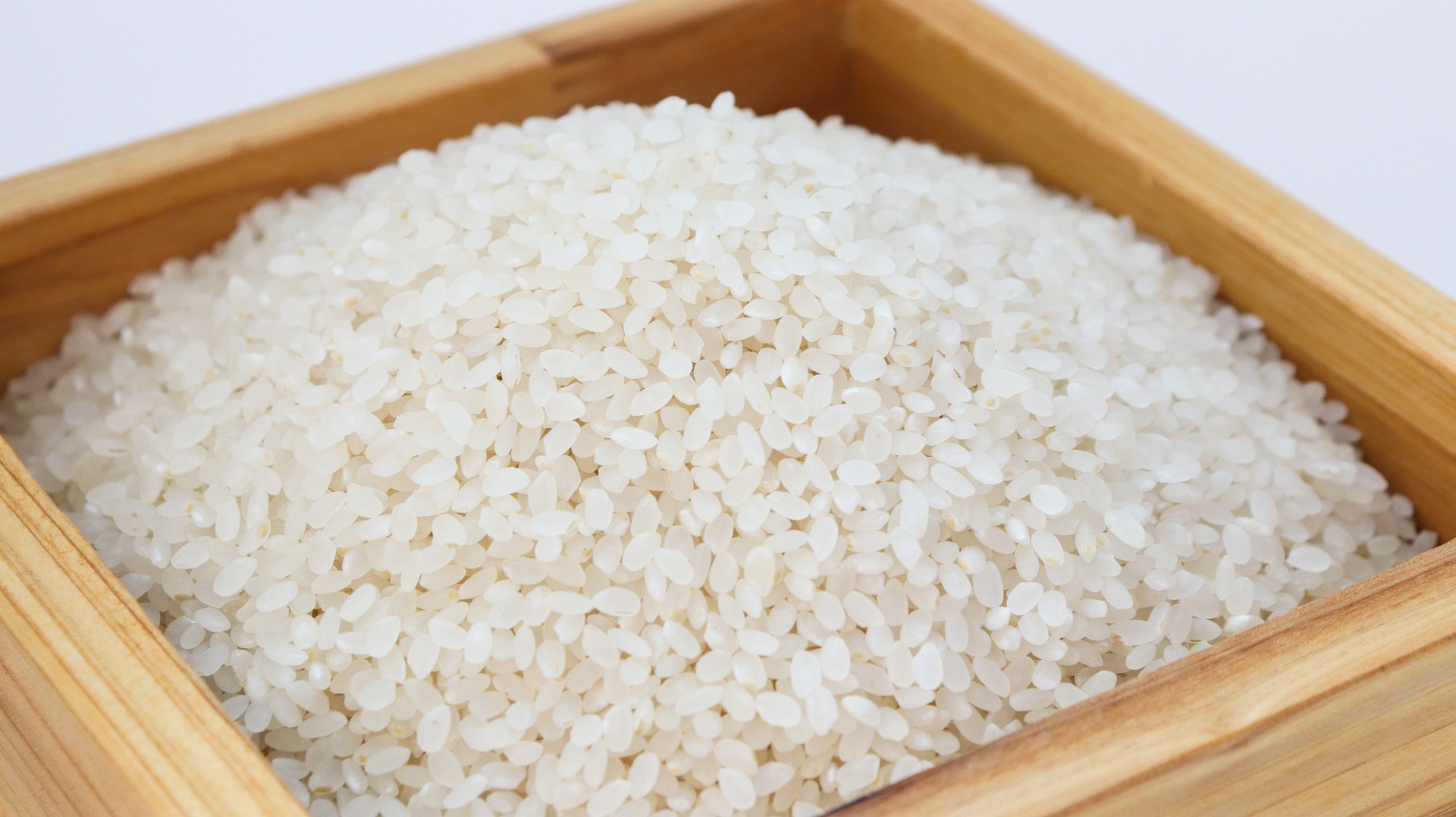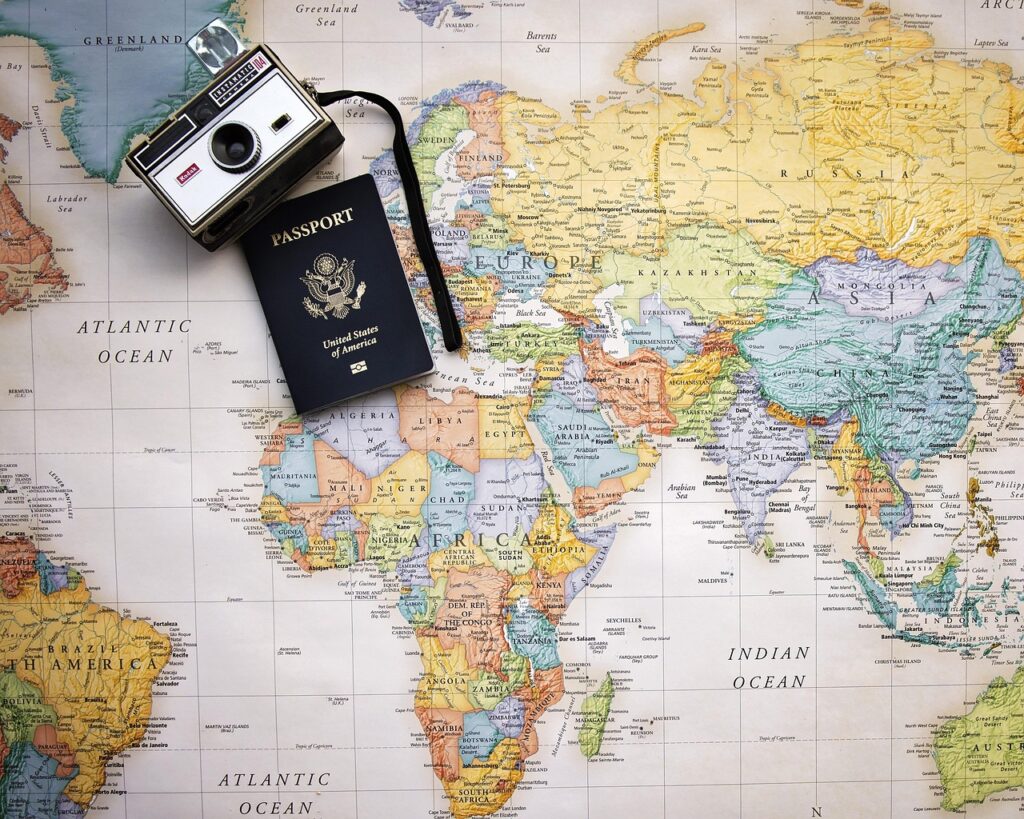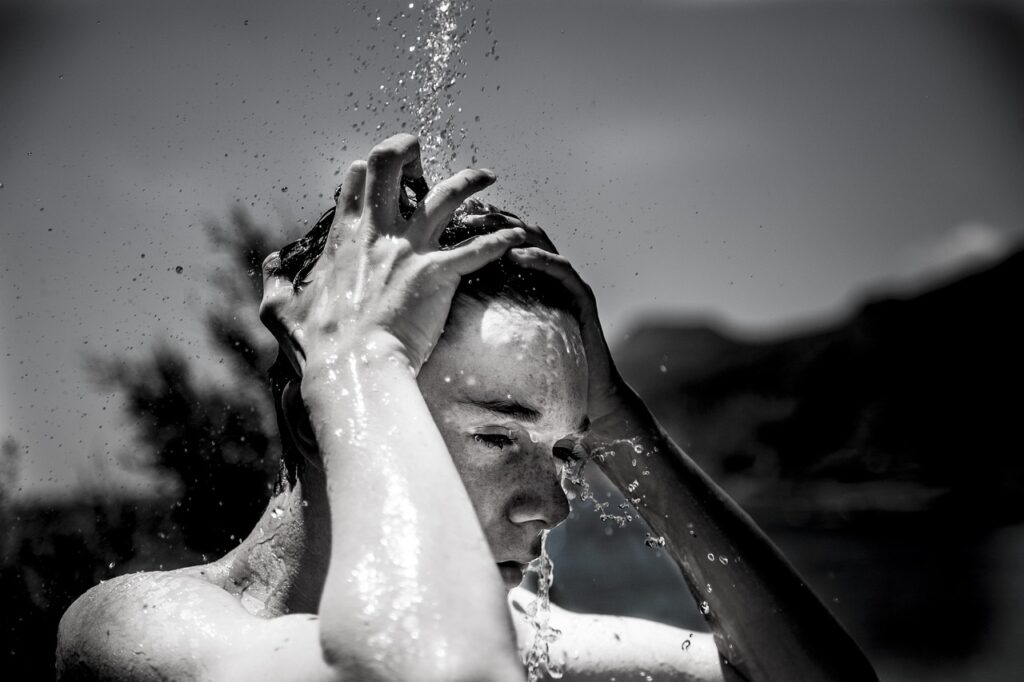Rice is considered a popular side dish. But when it comes to preparation, opinions are divided:
Rice is on the menu almost daily, along with potatoes and pasta. As a carb-rich side dish, it works perfectly with meat, fish, vegetables or tofu. But is it as healthy as people think, and do you need to wash it before cooking?
Rice contaminated with arsenic.
As the German “Ökotest” found out, some rice products from German retailers were contaminated with the heavy metal arsenic. This was found mainly in basmati rice, parboiled long-grain rice, and whole-grain rice. The brown (supposedly healthier) rice performed worse in the test than white rice. Arsenic is very harmful to the human organism, as it can promote cancer. In addition, other heavy metals, pesticides, particulate matter and mineral oils were found in the retail products tested. So, in the end, is eating rice not as healthy as is suspected?
You can sigh in relief – not all products did so badly in the study. In the Ökotest from 2020, one finds pretty solid options, distinguished with the predicate “very good.” But caution is still advised! So what’s to help with the pollutants in rice?
Wash rice before cooking
So to remove the toxic substances from rice, or at least weaken them, the rice should be washed before cooking, as confirmed by “Merkur.” Studies from India have also shown that the more water used in cooking, the more arsenic content is also reduced many times. With a water-rice ratio of 12:1, even 80 percent of the arsenic could be removed, according to the experiment, as “RTL” reports. However, the excess cooking water must, of course, be removed. Experts also advise soaking the rice overnight with sufficient moisture.
How to wash rice properly?
There are several ways to wash rice properly. The quickest way is to put it in the cooking pot, pour enough water on it, and then roughly rub the grains with your hand. This will cause the water to turn a milky colour. The excess liquid can then be poured off. The important thing here is that the water does not have to clear before this is sufficiently washed – which would take too long. Also, you can rinse the rice in a colander, which works very well.
Washing rice according to the recipe
However, if you are dealing with a special recipe, you will probably have to accept that the rice is potentially contaminated. After all, with risotto or rice pudding, for example, the goal is to preserve the starch it contains to ensure the most sloppy result possible. So cleaning the rice also washes away the “glue” that resides on the surface of each grain. After all, a risotto that isn’t creamy isn’t a risotto. But if you still want to play it safe, you might want to work around the recipe and add more cream and cheese to make up for the necessary glue. Bon appetite!
This post has already been read 1710 times!



